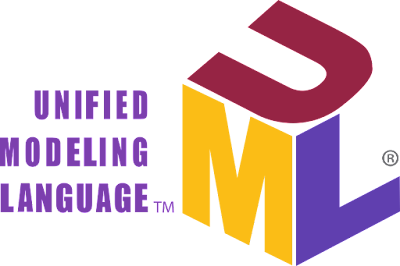
|
|
The logo from Visio version 1.0
|
This post is intended as support material for another post of mine; see michael.gr - The Deployable Design Document.
One day back in the early nineties, when people were using
Windows 3.0 and programming with the Microsoft C/C++ Compiler, a
colleague showed me a software design that for the first time he had done not
on whiteboard, nor on paper, but on a computer screen, using a new drawing
tool called Visio.
Screenshots of Visio 1.0 running under Windows 3.1. Click to enlarge.
He showed me interconnected components laid out on a canvas, and as he moved
one of the components, the drawing tool re-routed the lines to maintain the
connections to other components. This meant that Visio was not just a pixel
drawing utility like Microsoft Paint; it had some understanding of the
structure of the information that was being displayed.






